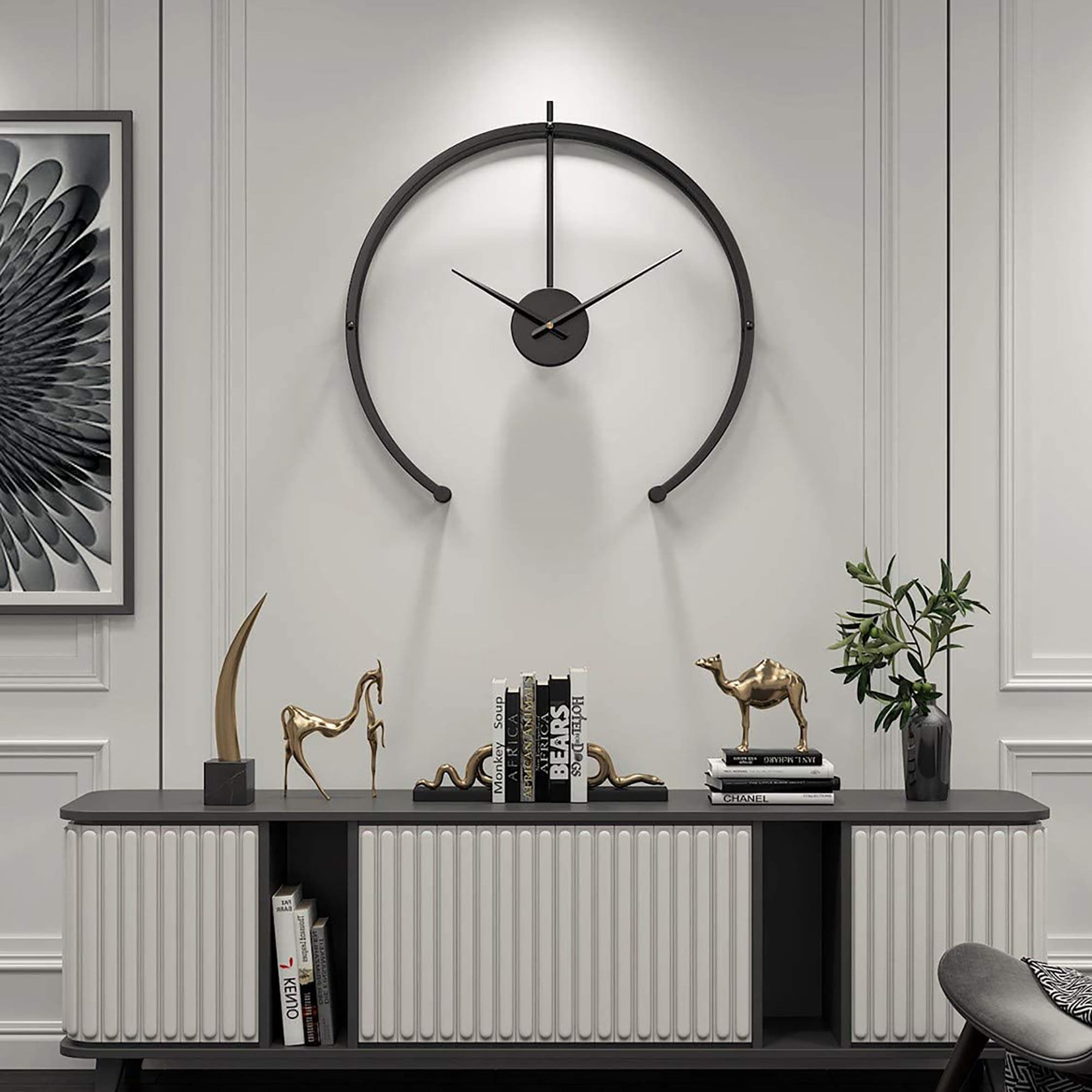
Simple and Elegant Wooden Wall Clocks to Build and Sell
In a world increasingly dominated by digital displays, the timeless appeal of analog clocks remains strong. And when it comes to crafting a statement piece for your home, nothing quite compares to the warmth and elegance of a handcrafted wooden wall clock. This guide explores some simple and elegant designs you can build and sell, combining practicality with artistic flair.
Choosing the Right Wood
The wood you choose for your clocks will significantly impact their aesthetic and durability. Consider these factors:
Grain Pattern:
- Straight grain: Offers a clean, minimalist look, ideal for modern designs.
- Figured grain: Features knots, swirls, and other unique patterns, adding visual interest and rustic charm.
- Burls: Show extraordinary grain patterns with vibrant colors, perfect for statement pieces.
Color and Finish:
- Light woods: (Pine, maple, birch) offer a bright and airy feel.
- Dark woods: (Walnut, cherry, mahogany) create a sense of sophistication and richness.
- Stains and finishes: Enhance the wood's natural beauty and protect it from wear and tear.
Hardness and Durability:
- Hardwoods: (Oak, maple, cherry) are strong and resistant to scratches and dents, ideal for everyday use.
- Softwoods: (Pine, cedar) are easier to work with but may require more care.
Simple and Elegant Clock Designs
Here are some easy-to-build wooden clock designs that offer a blend of simplicity and elegance:
1. The Classic Round Clock:
- Materials: Plywood or hardwood for the base, clock movement, hands, and a circular piece of wood for the face.
- Construction: Cut the base into a circular shape. Attach the clock movement to the back, and then fix the circular face to the front. Apply a stain or finish of your choice.
- Customization: Add decorative elements like woodburning, inlay, or laser engraving.
2. The Minimalist Square Clock:
- Materials: Hardwood for the square base, clock movement, hands, and a smaller square piece of wood for the face.
- Construction: Cut the base into a square shape. Mount the clock movement to the back and attach the smaller square face to the front. Use a minimalist design for the hands.
- Customization: Add a unique finish, such as a natural oil or a clear epoxy resin.
3. The Geometric Clock:
- Materials: Plywood or hardwood for the base, clock movement, hands, and geometric shapes to create the face.
- Construction: Cut the base into a desired shape (rectangle, hexagon, etc.). Create geometric shapes from wood and arrange them to form the clock face. Attach the clock movement to the back.
- Customization: Use different wood species for each geometric shape or experiment with contrasting colors and finishes.
4. The Branch Clock:
- Materials: Branch of wood, clock movement, hands, and a small circular piece of wood for the face.
- Construction: Sand and clean the branch. Attach the circular face to the branch. Mount the clock movement on the back.
- Customization: Use different wood species for the branch and face or leave the bark intact for a rustic look.
Essential Tools and Techniques
To build these clocks, you'll need basic woodworking tools and techniques:
Tools:
- Saw (hand saw, circular saw, or jigsaw)
- Drill with bits for wood
- Sandpaper (various grits)
- Clamps
- Measuring tape and ruler
- Wood glue
- Stains and finishes (optional)
Techniques:
- Cutting: Use a saw to cut the wood into desired shapes.
- Drilling: Drill holes for the clock movement and hands.
- Sanding: Smooth the surfaces of the wood to prepare them for finishing.
- Gluing: Use wood glue to attach the clock movement and hands to the base.
- Finishing: Apply stains, paints, or other finishes to enhance the wood's appearance and provide protection.
Marketing and Selling Your Wooden Clocks
Once you've mastered the craft, it's time to showcase your work and find customers. Here are some marketing strategies:
Online Platforms:
- Etsy: A popular platform for handmade goods.
- Amazon Handmade: Reach a larger audience through Amazon's extensive network.
- Your own website: Create a dedicated website to showcase your work and sell directly.
- Social Media: Use platforms like Instagram and Facebook to share your clocks and connect with potential buyers.
Local Markets and Events:
- Craft fairs and festivals: Engage with customers in person and showcase your unique designs.
- Farmers markets: Offer a natural and sustainable product that complements local produce.
- Local shops and galleries: Collaborate with businesses that share your aesthetic.
Building Your Brand:
- Develop a consistent style: Choose a design aesthetic that reflects your personality and resonates with your target market.
- High-quality photography: Invest in professional product photography to capture the beauty and craftsmanship of your clocks.
- Engage with customers: Respond promptly to inquiries, offer personalized recommendations, and cultivate a positive brand image.
Creating and selling simple and elegant wooden wall clocks is a rewarding endeavor that combines creativity, skill, and entrepreneurial spirit. By following this guide and putting your passion into practice, you can craft unique, timeless pieces that bring beauty and functionality to homes around the world.
No comments:
Post a Comment
Note: Only a member of this blog may post a comment.